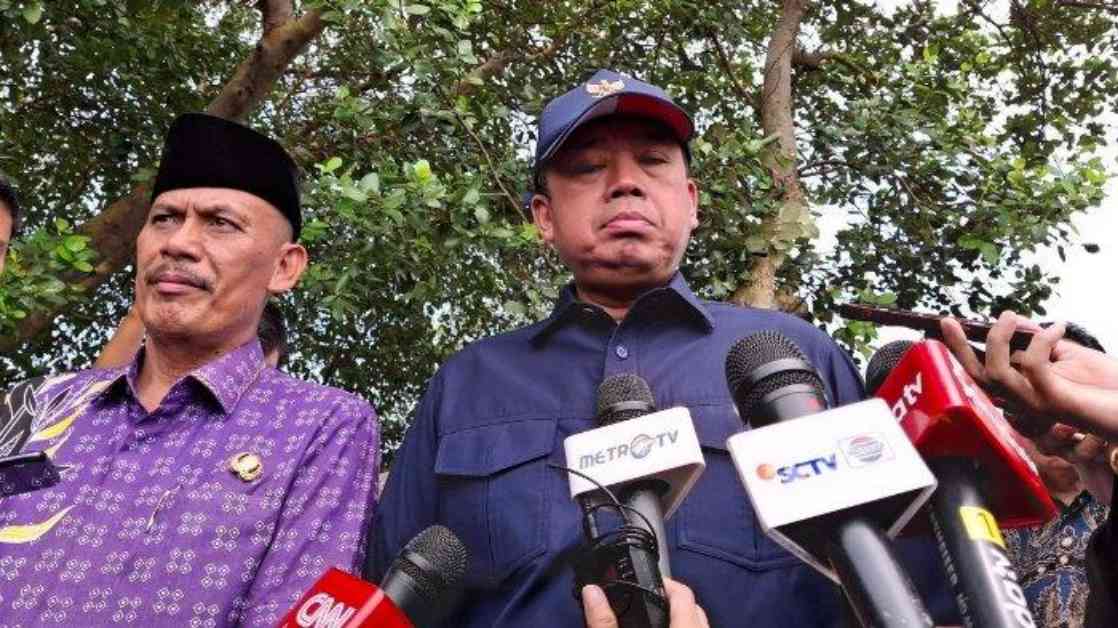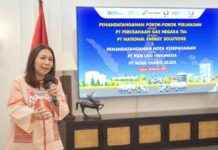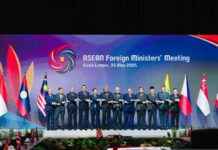Title: The Enigma of Arsin: Village Chief’s Luxurious Lifestyle Unveiled Amid Controversy
In a bold move that captured national attention, Kohod Village Chief Arsin bin Sanip defied President Prabowo Subianto’s orders to dismantle a seawall in Tangerang, Banten. This refusal has sparked intense scrutiny into Arsin’s character and his alleged wealth, leaving many questioning the origins of his opulent lifestyle.
Who is Arsin?
Arsin has been serving as the Head of Kohod Village since 2021, but it was his recent stand against the demolition of the seawall that brought his personal wealth into the spotlight. As netizens began delving into his background, suspicions arose that Arsin is, in fact, a highly affluent village chief.
According to reports from TribunJatim.com, Arsin is said to possess a collection of luxury items, including high-end vehicles like a Fortuner and a Jeep Wrangler Rubicon. These revelations were first brought to light by a social media user named bungmadin, formerly known as X on Twitter.
Public Fascination and Extravagant Revelations
The intrigue surrounding Arsin intensified with reports of a lavish three-day event he hosted, featuring a performance by the popular dangdut group Family Group in May 2024. This extravagant affair garnered a staggering 13 million views and was shared over 32 thousand times on social media platforms, sparking a wave of curiosity and speculation among the public.
Insight from Legal Counsel
In response to mounting questions about Arsin’s ostentatious lifestyle, his legal representative, Yuniar, has spoken out about the village chief’s ownership of luxury vehicles. Yuniar’s statements shed light on the legal aspects of Arsin’s situation, providing a glimpse into the complexities of the controversy surrounding the village chief’s refusal to comply with official directives.
The Unveiling of Arsin’s Wealth: A Story of Intrigue and Contradictions
As the public continues to unravel the layers of Arsin’s enigmatic persona, the contrast between his role as a village chief and his apparent affluence raises intriguing questions. The juxtaposition of power and opulence in Arsin’s case serves as a stark reminder of the complexities inherent in the intersection of public service and personal wealth.
In conclusion, Arsin’s story stands as a compelling narrative that transcends the boundaries of a mere refusal to demolish a seawall. It serves as a poignant reflection of the intricate dynamics at play in Indonesia’s social and political landscape, highlighting the enduring fascination with wealth, power, and the individuals who navigate the delicate balance between the two.






















